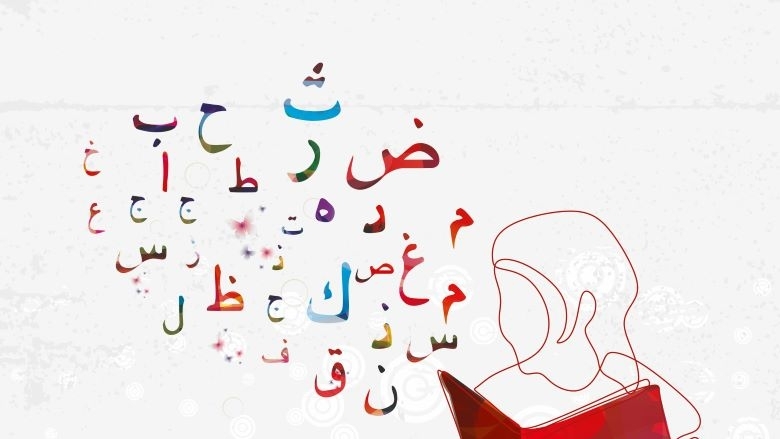More than half of children in countries of the Middle East and North Africa (MENA) experience “learning poverty” – they cannot read and understand an age-appropriate text by age 10. This is preventing most of the region’s children from fully engaging in their education and is holding back countries’ progress in human capital formation.
When children start school, they learn to read and write in Modern Standard Arabic (MSA), which is different to how they speak at home. In fact, children’s experience with MSA is limited before they reach school age. For example, parents in MENA are less likely to read to their young children or play word games with them compared to parents in other regions. Enrollment in formal early childhood education programs such as preschool ― where literacy skills can be developed ― is lower in MENA than in other regions. This poses several challenges.
These challenges can be addressed by purposeful actions such as having a language-rich environment, early exposure to MSA, and high-quality instruction that is based on the science of learning to read and that maximizes the overlap between MSA and colloquial varieties.
However, there are many practices related to early childhood experiences and the teaching and learning of Arabic in preschool and the early grades of school that are resulting in poor literacy outcomes. This puts children at a disadvantage at the start of their schooling and goes on to affect further learning throughout their school lives and into their adult lives.
The approach to best teach Arabic language to young native speakers needs strengthening. To assist MENA countries in their efforts to eliminate learning poverty―and to help children move from “learning to read” to "reading to learn" ― a path is proposed that identifies the most critical actions.
The path to advancing Arabic language teaching and learning has been captured in a simple, updated infographic laying out 9 essential steps. The infographic may be accessed here.
To read the report in full, please click here.

